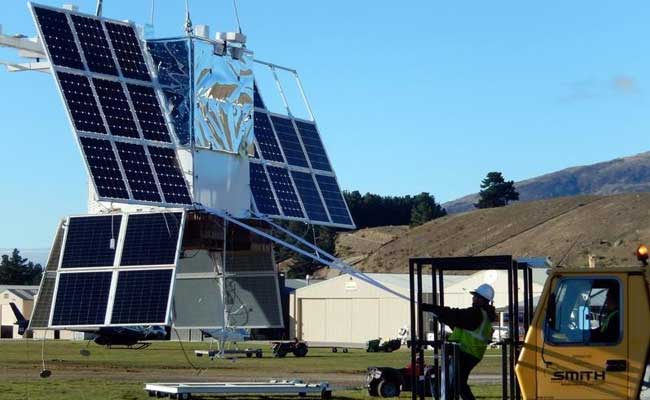
NASA estimates the balloon will circumnavigate the globe approximately the southern hemisphere’s mid-latitudes as soon as every one to a few weeks.
MELBOURNE:
HIGHLIGHTS
goal to offer less expensive get entry to to close to–space surroundings for research
2 hours after raise-off, balloon reached altitude of 33.five kms
contemporary report for a NASA tremendous strain balloon flight is 54 days
NASA has effectively released a fantastic pressure balloon on a potentially file-breaking, around-the-international check flight aimed toward offering cheaper access to the near–area surroundings forscience and era research.
The motive of the flight is to test and validate the wonderful pressure balloon (SPB) generation with theaim of long–length flight (over a hundred days) at mid-latitudes.
The balloon, released from Wanaka Airport in New Zealand, is sporting the Compton Spectrometer and Imager (COSI) gamma-ray telescope as a mission of possibility.
“The balloon is pressurised, healthy, and nicely on its manner for this critical take a look at task,” statedDebbie Fairbrother, NASA’s Balloon Programme workplace chief.
two hours and 8 mins after carry-off, the 532,000 cubic metre balloon reached its operational waft altitude of 33.5 kilometres flying a trajectory taking it first of all westward through southern Australia before stepping into the eastward flowing winter stratospheric cyclone.
NASA estimates the balloon will circumnavigate the globe approximately the southern hemisphere’s mid-latitudes as soon as every one to three weeks, depending on wind speeds in the stratosphere.
This release marks the beginning of the second SPB flight for COSI, which was evolved through thecollege of California, Berkeley.
COSI is a challenge designed to probe the mysterious origins of galactic positrons, have a look at theadvent of latest elements within the galaxy, and carry out pioneering research of gamma-ray bursts and black holes. lengthy–length flights are essential to those forms of research.
every other project of opportunity is the Carolina Infrasound instrument, a small, 3-kilogramme payload with infrasound microphones designed to document acoustic wave discipline activity in the stratosphere.
advanced by the college of North Carolina at Chapel Hill, preceding balloon flights of the instrument have recorded low-frequency sounds within the stratosphere, a number of which arebelieved to be new totechnological know-how.
It was the fifth release attempt for the group; preceding attempts were scrubbed because of climateconditions no longer conducive for release.
The modern-day report for a NASA notable strain balloon flight is 54 days.
because the balloon travels across the Earth, it may be seen from the floor, in particular at dawn andsunset, to people who live in the southern hemisphere’s mid-latitudes, together with Argentina and South Africa.










